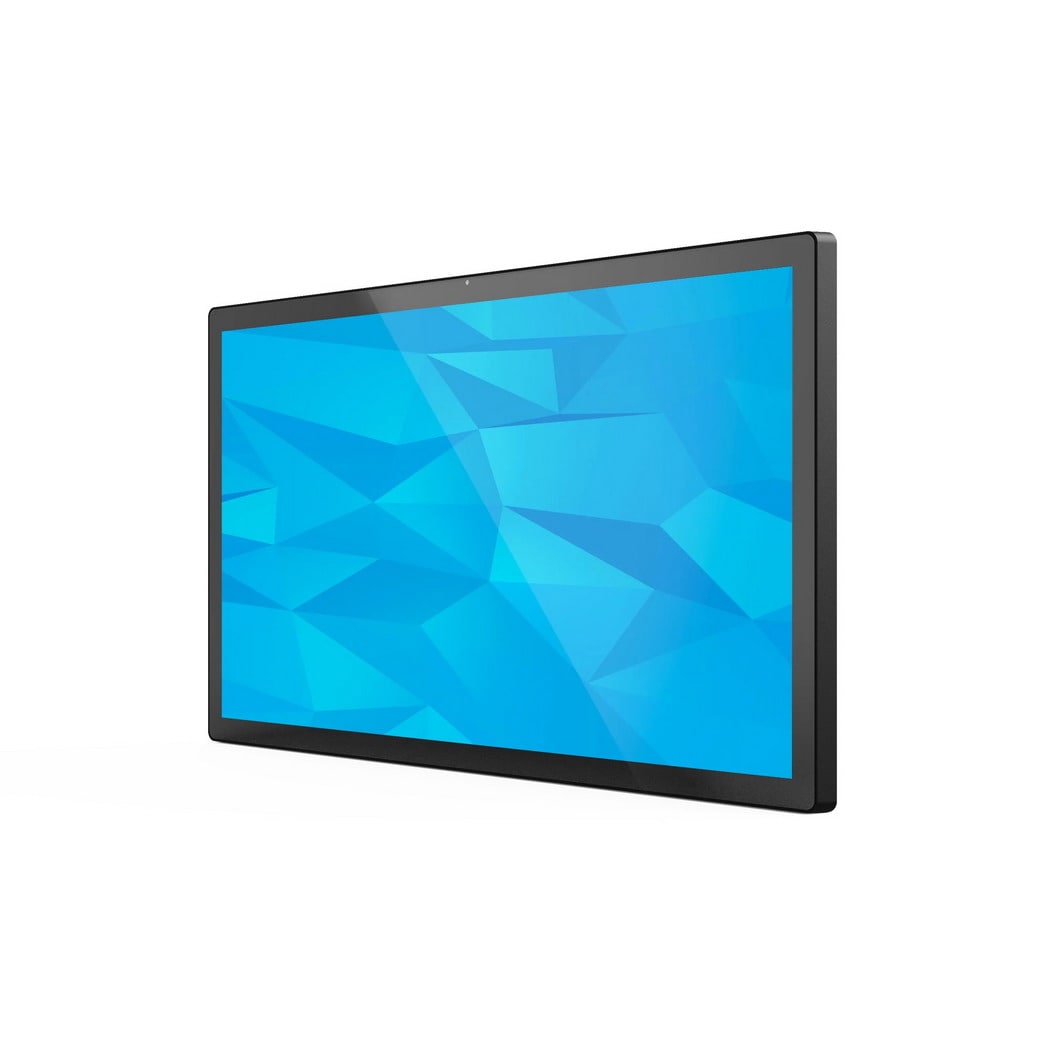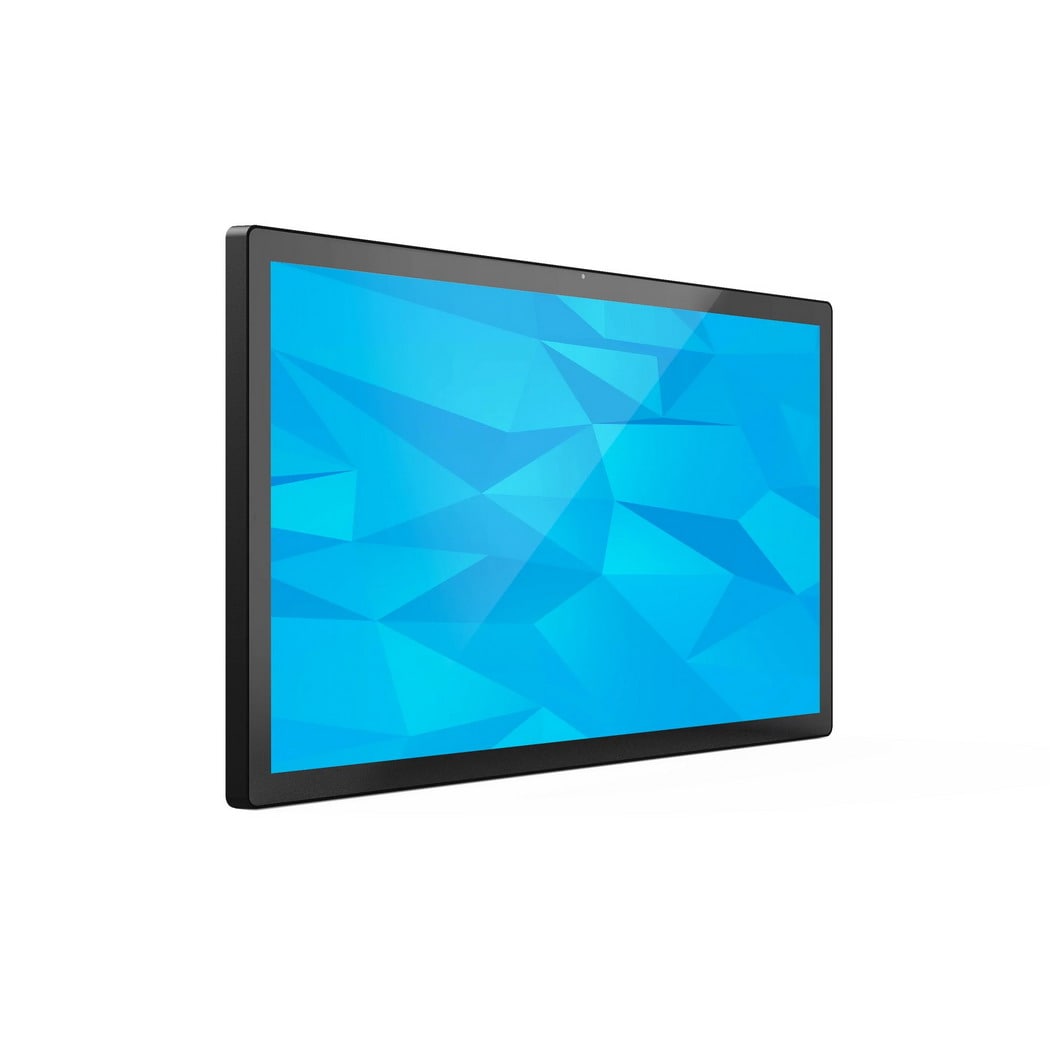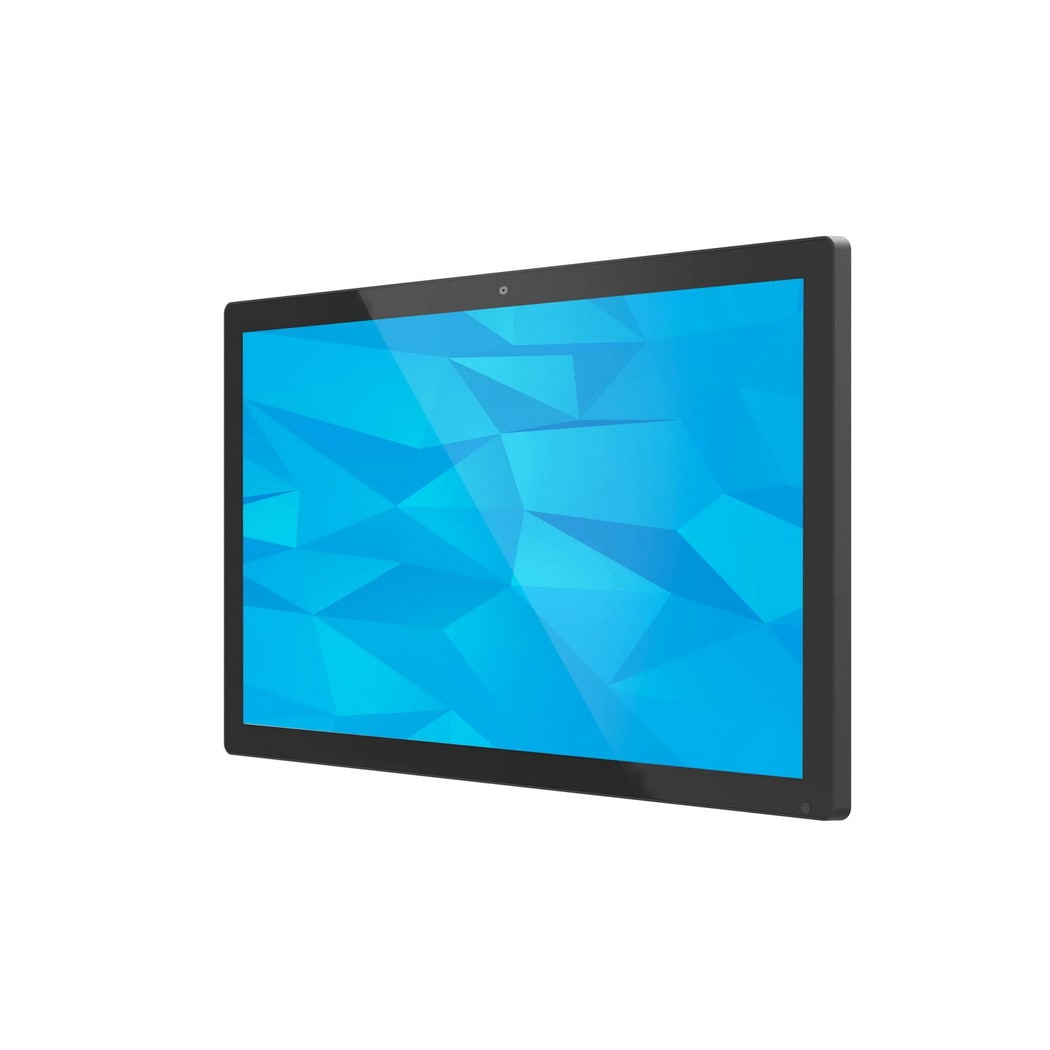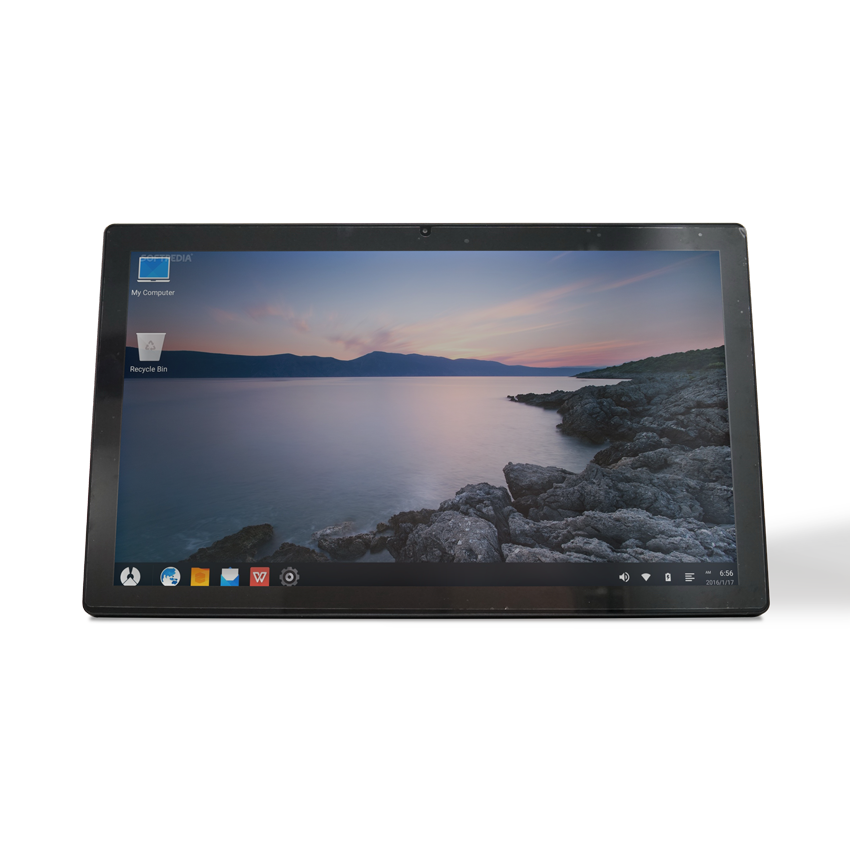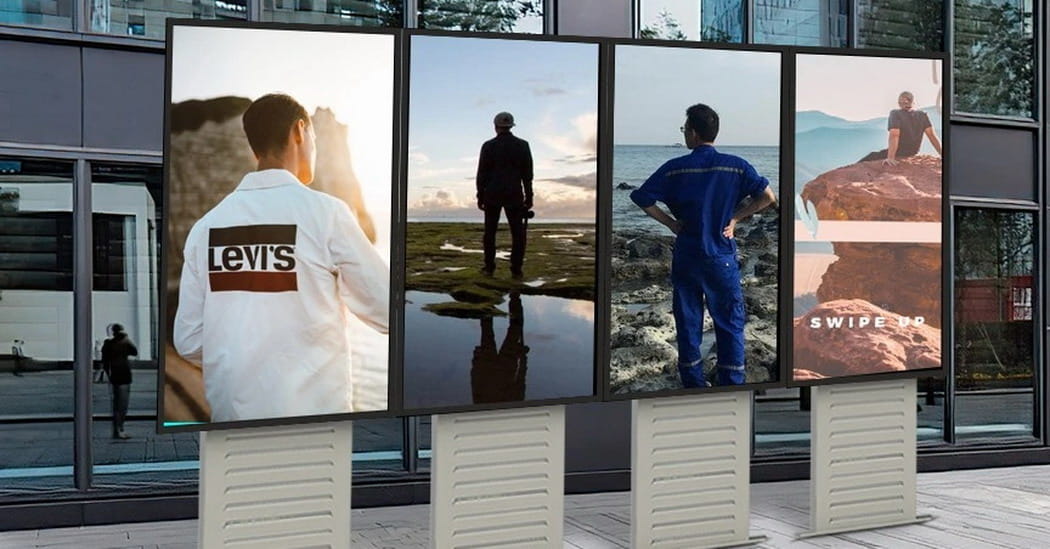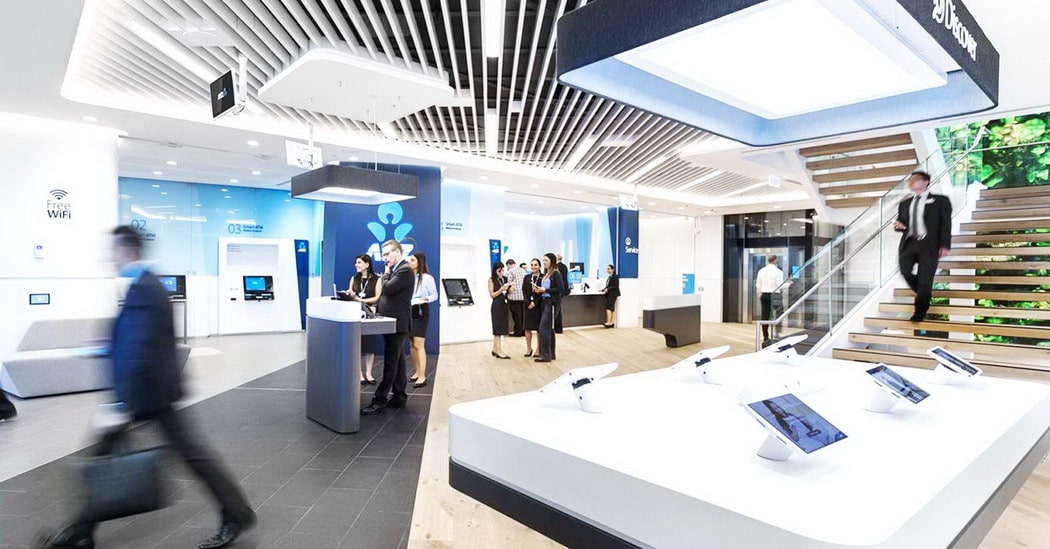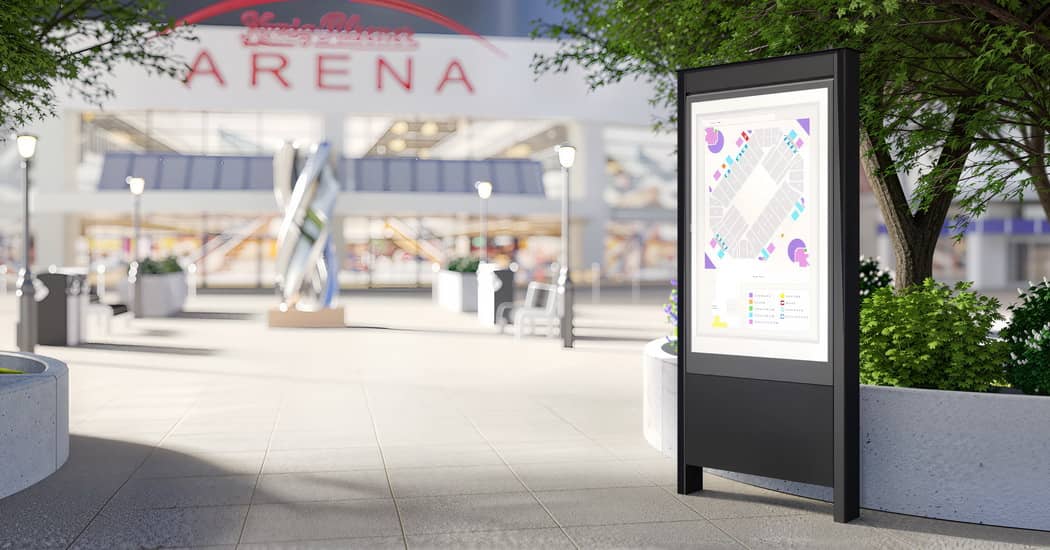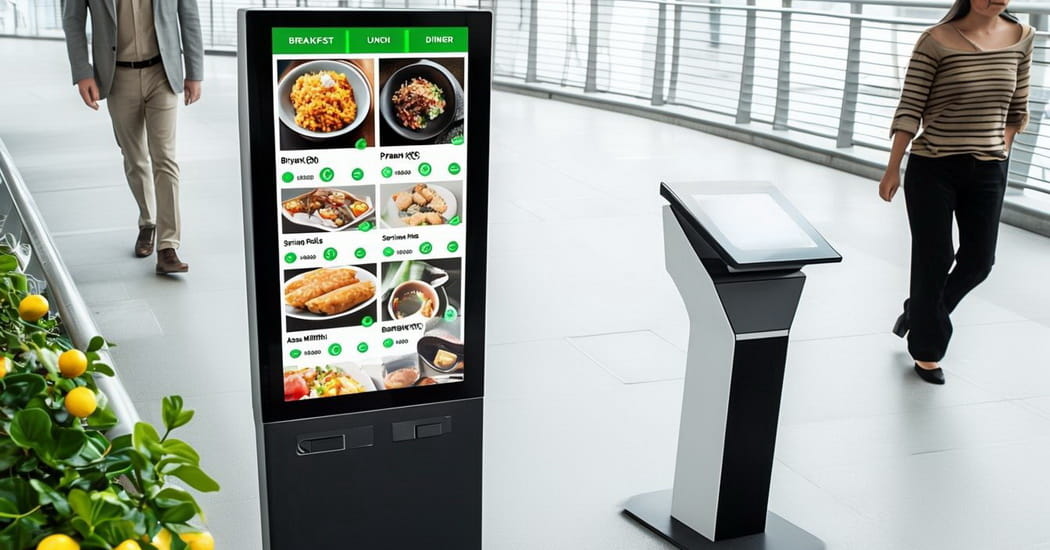
Choosing the Best Outdoor Wall Mounted Digital Signage for Your Business
Outdoor wall mounted digital signage is revolutionizing how businesses communicate. This article explores its applications, benefits, and how to choose the right hardware to enhance customer engagement and streamline operations.
Outdoor wall mounted digital signage has seen huge growth in popularity around the world in recent years. Compared to printed signs, the Outdoor wall mounted digital signage are used to reinforce branding, promote products and services, or advertise sales and promotions on roadside billboards. Roadside billboards and outdoor signs adopts bright colors and real animations, which can catch people’s attention at the first time.
Just as digital signage can be used to communicate with people inside of a building, it can also be used to communicate with folks outside of a building. Outdoor wall mounted digital signage can be located at drive-thru lanes, courtyards, bus stops, and outside hospitals, hotels, schools, offices, parks and retail for wayfinding, building directories, information sharing, advertising and more.
How to Choose the Right Hardware for Outdoor wall mounted digital signage?
For Outdoor wall mounted digital signage, choose digital signage hardware with IP65 or higher weather resistance, 2,500 to 4,000 nits brightness, and impact-resistant screens. Opt for high-quality LCD displays with wide viewing angles and ensure CMS compatibility for seamless content updates. Prioritize energy efficiency and easy installation and maintenance to reduce costs and ensure long-term durability.
The 7 factors to consider when evaluating digital signage hardware for outdoor include:
1. Weather Resistance
Opt for hardware with IP65 or higher ratings to protect against dust, rain, and moisture.
Ensure the enclosure includes features like temperature control systems (e.g., cooling fans or heaters) to handle extreme weather conditions, typically ranging from -30°C to 50°C.
Use corrosion-resistant materials for longevity in humid or coastal areas.
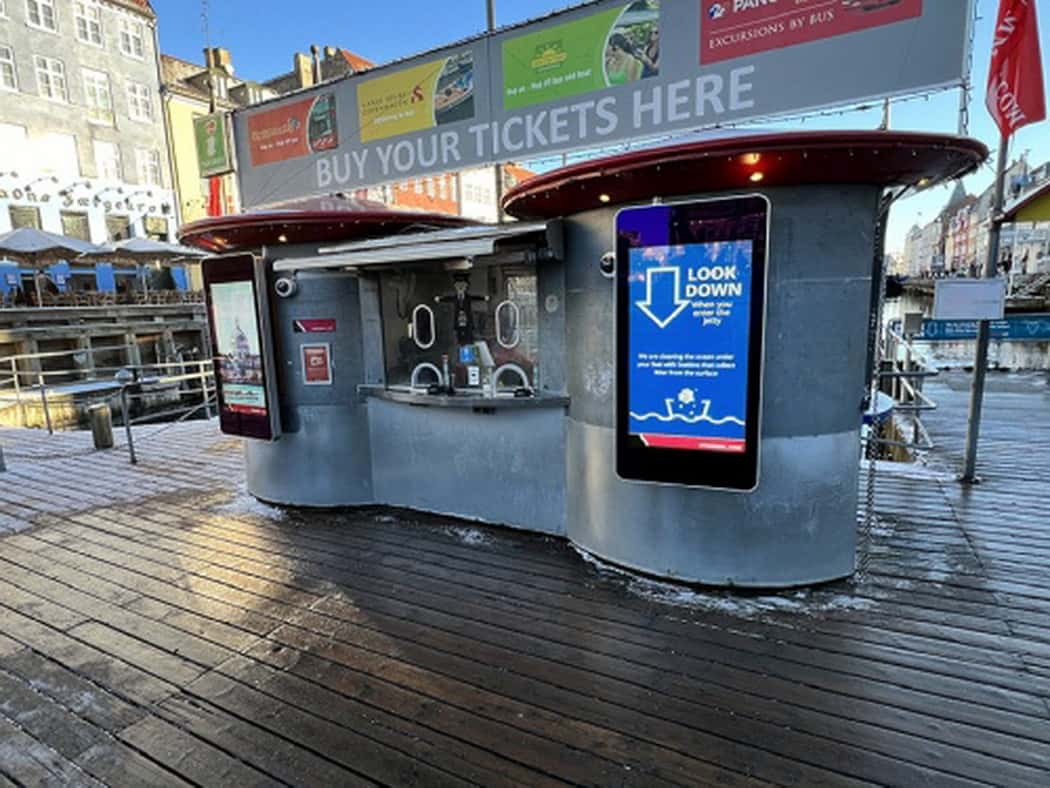
2. Brightness and Visibility
Select displays with a brightness of at least 2,500 to 4,000 nits to ensure visibility in direct sunlight.
Incorporate anti-glare or anti-reflective coatings and ambient light sensors for automatic brightness adjustment.
3. Durability and Impact Resistance
Ensure screens are protected with tempered or laminated glass to prevent damage from vandalism or accidental impact.
Consider hardware with vandal-proof enclosures, particularly in high-traffic or public areas.
4. Screen Technology
Use LED displays for large-scale, high-resolution applications or LCD screens with high color accuracy for closer viewing.
Choose screens with wide viewing angles (178° or more) for optimal visibility from various perspectives.
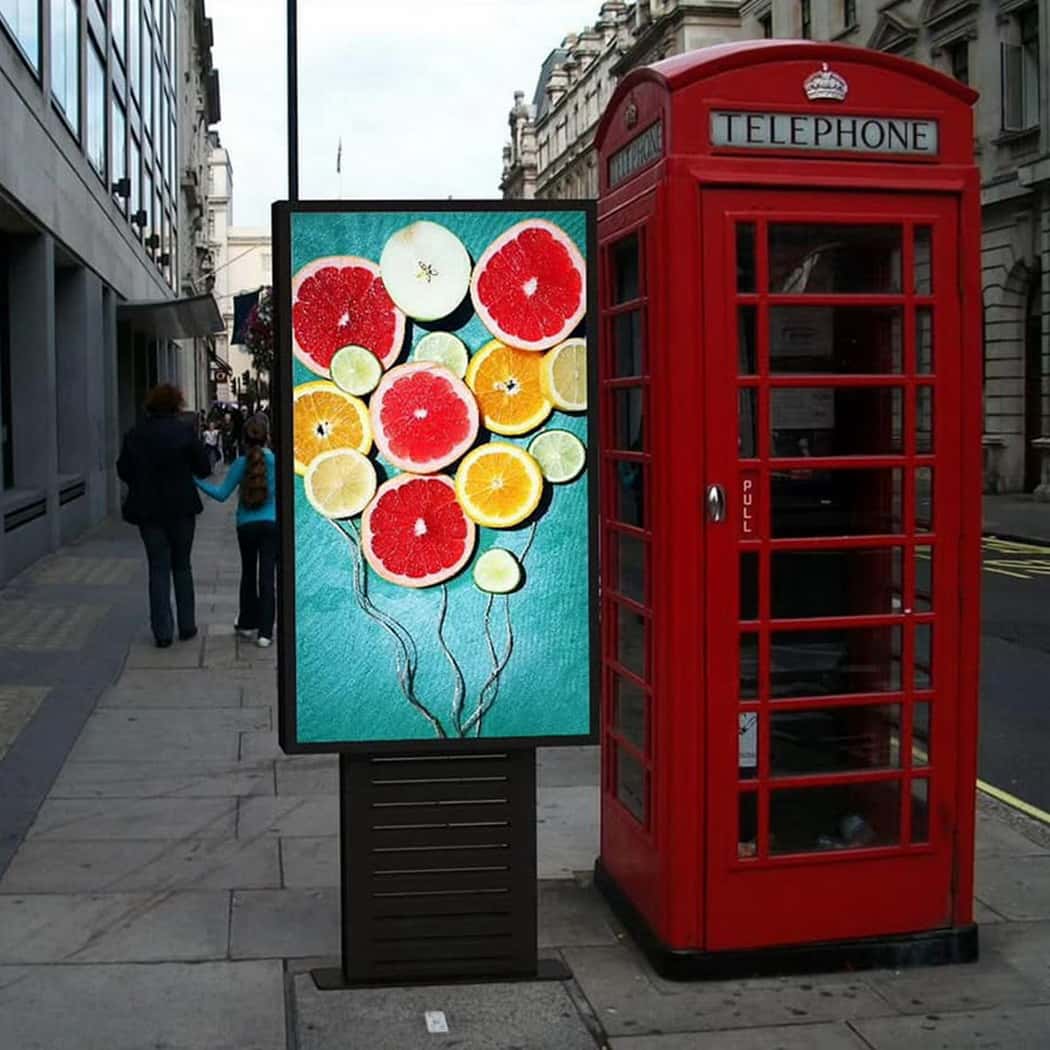
5. Content Management Compatibility
Confirm the hardware supports integration with robust content management systems (CMS) for seamless updates and remote operation.
Look for compatibility with AI or analytics tools if audience targeting or performance tracking is required.
6. Energy Efficiency
Select energy-efficient displays with low power consumption to reduce operational costs, especially for systems that operate 24/7.
Consider displays with energy-saving features like motion sensors that reduce brightness or turn off when no one is nearby.
7. Ease of Installation and Maintenance
Choose lightweight hardware with modular components for easier installation and repairs.
Ensure access panels allow for quick servicing without dismantling the entire setup.
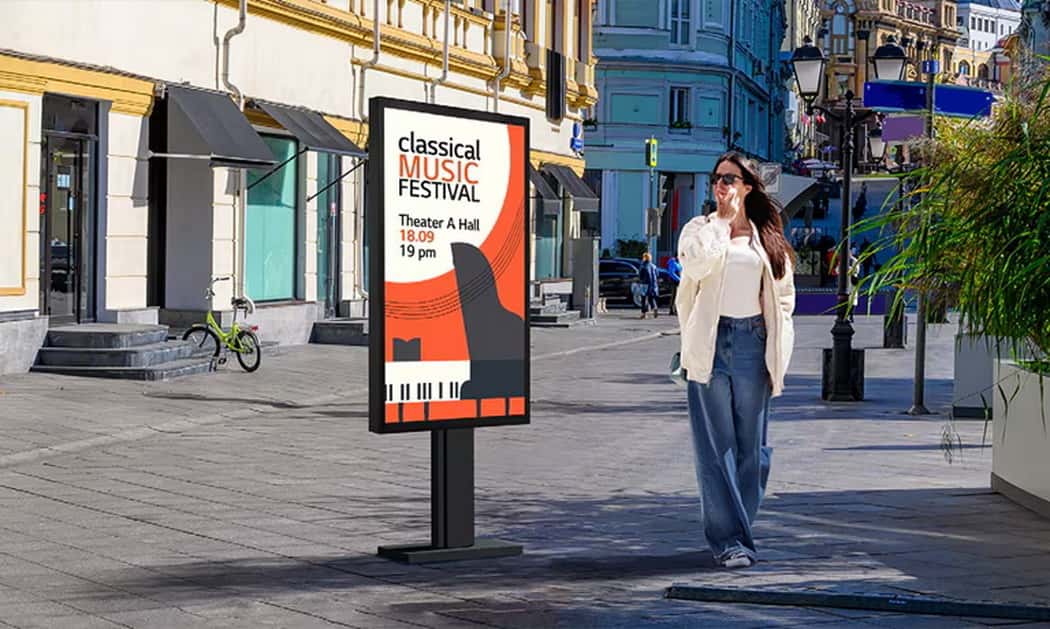
Application For Outdoor wall mounted digital signage
Before you decide to buy an Outdoor wall mounted digital signage, you need to figure out the difference between an LCD displays and an LED advertising displays, so that you can better help you choose what best for you. Here we’ll discuss the practical application for Outdoor wall mounted digital signage.
1. Retail and Shopping Centers
62% of customer complaints stem from issues with staff attitudes and competence rather than product quality or reliability. Outdoor digital displays can help address this by improving the shopping experience. Wayfinding displays, for example, can be placed strategically at the entrance or key intersections in outdoor mall spaces to guide shoppers to different stores, restrooms, or parking areas.
Customers can use interactive outdoor displays to quickly browse store information, promotions, or directions to minimize reliance on staff.
2. Public Transportation and Wayfinding
Outdoor wall mounted digital signage in transit hubs, like bus stops, train stations, and airports, provides real-time updates on schedules, delays, and route changes.
Interactive maps and directional guides ensure passengers can easily find their platforms, gates, or exits. This is especially valuable in large, busy hubs where traditional signage may fall short.
During disruptions or crises, they can quickly broadcast alerts, safety instructions, or alternative routes. For instance, in the event of a service delay, screens can provide real-time updates and suggest alternative travel options.
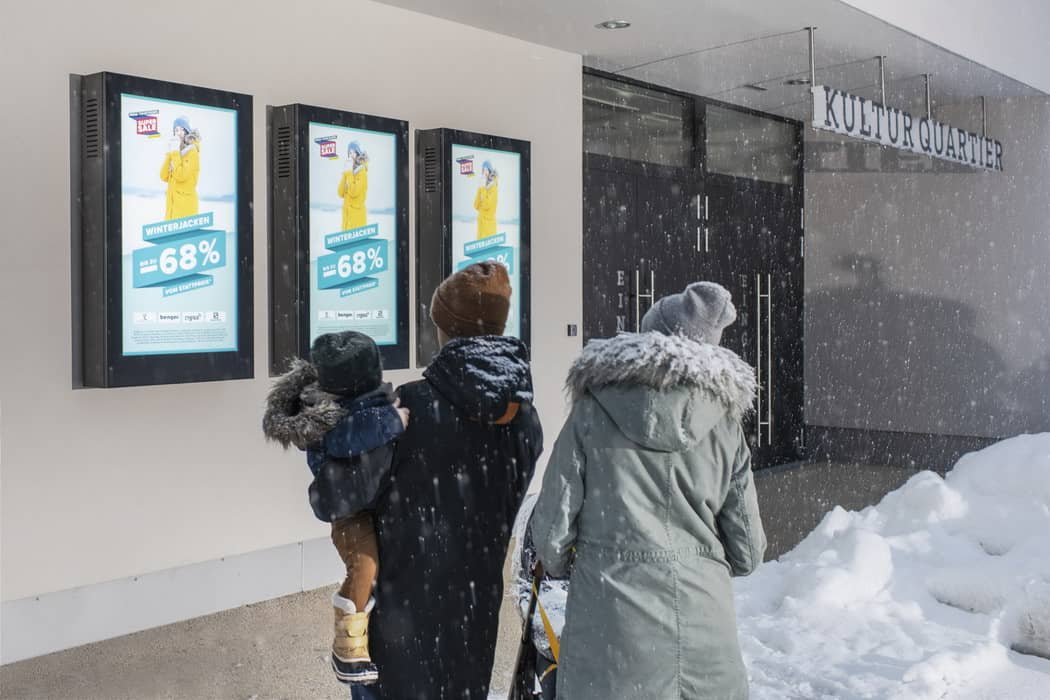
3. Event and Entertainment Spaces
Outdoor displays keep events running smoothly and keep attendees informed. They show real-time updates like schedules and performance times and even feature social media walls to share photos and posts from attendees.
Donor walls prominently display contributions and recognize key sponsors, giving them the spotlight they deserve. Plus, self-check-in stations cut down on long lines by letting attendees quickly check themselves in.
4. Corporate and Campus Environments
In corporate offices or university campuses, outdoor displays are used to share announcements, news, and updates with employees, students, and visitors. They also display emergency alerts or wayfinding information, ensuring everyone stays informed and safe. For campuses, they’re particularly useful for highlighting events, deadlines, or achievements.
5. Hospitality and Restaurants
Restaurants use digital menu boards to showcase their offerings, with the ability to update items or prices instantly.
Food truck digital menus streamline the process of updating the menu based on ingredients or the time of day so that customers always see accurate options.
On the other hand, drive-thru digital signage enhances the ordering process by displaying clear, high-definition menus that lead to quick decision-making and minimize order errors.
With self-check-in interactive kiosks, patrons can check themselves in while the hotel can promote amenities, events, or local attractions. These screens enhance the ambiance of outdoor dining areas while keeping customers informed.
In Conclusion
In conclusion, Outdoor wall mounted digital signage has diverse applications, from advertising and wayfinding to providing public information, enhancing customer experiences, and serving as a platform for digital art. As technology continues to advance, its role in public spaces will only grow, offering more interactive and innovative ways to engage and inform audiences.
Closely related post:
Latest updated post:
Latest products:


